In today’s article, we will talk about the weeping blue spruce tree. This beautiful dense evergreen tree will beautify your home with its simplicity and specific appearance, i.e. the approach to your home will be very fast!
This tree is not slow growing, but not too fast, but with a little care and knowledge, it will grow continuously and healthily.
Its powder blue leaves are evergreen and resemble pine, and you can definitely decorate it as a Christmas tree in your driveway in the winter. Under the snow and small leaves, no one will know the difference!
If you’re ready to learn everything you need to know about this tree to welcome it to your driveway, then let’s get started.
Colorado Blue Spruce Description
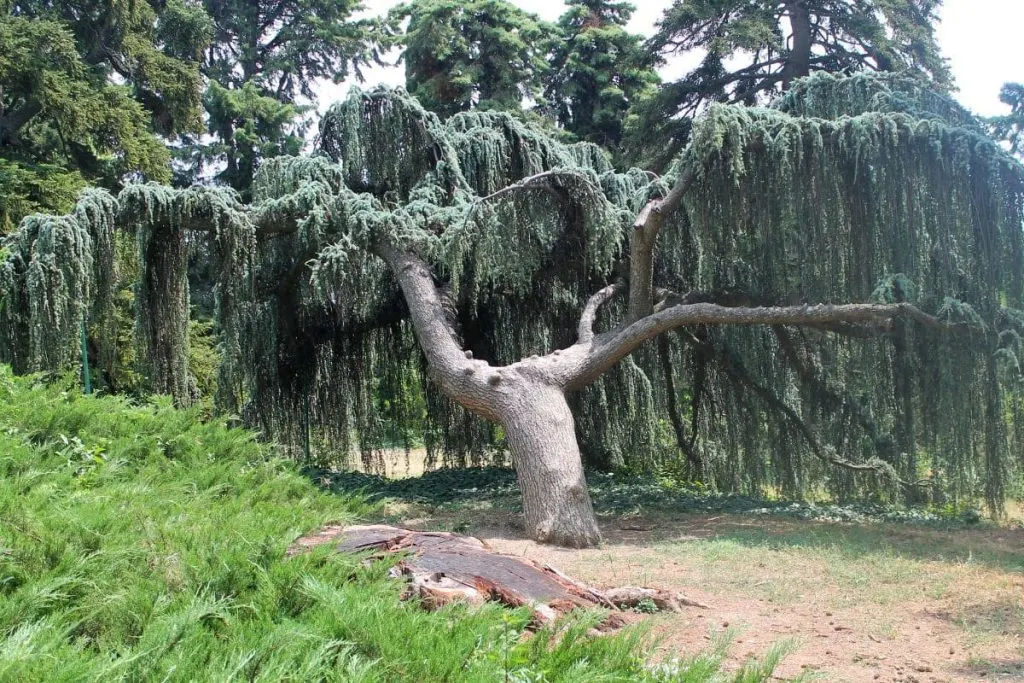
The plant is similar to cypress and pine, it looks like a Christmas cypress, to say the least. There is definitely no exact formula for why people love this tree so much, but something about it compels all owners of larger gardens, yards, and driveways to get it.
The tree is very resistant and its spiky branches will make everyone happy. The tree is a dense evergreen tree that does not grow so much, and therefore we can say that it belongs to the dwarf tree species. Its leaves have a relatively fine texture and sharply trailing branches.
The colors of the thin spiky leaves vary between a light green that reminds a lot of a shade of gray and will fit perfectly into your yard landscape both in spring and winter.
The bark of the tree under the leaves and branches is barely visible once the tree has caught up to its growth rate as the leaves will completely cover the stem and branches. It’s a trailing spire-like tree.
Weeping Blue Spruce Growth Rate
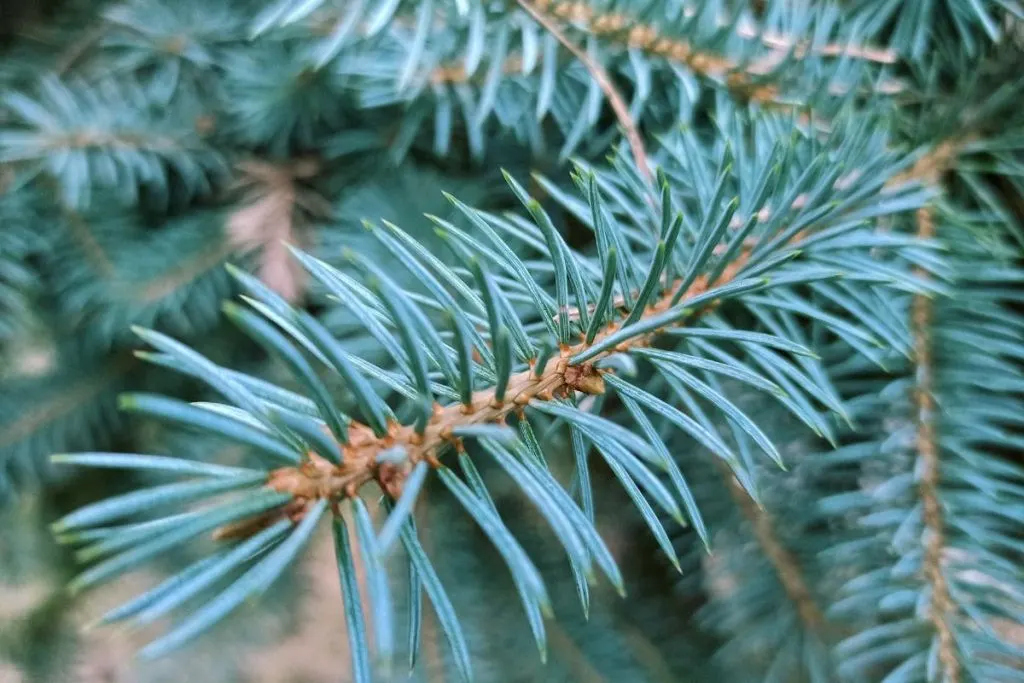
The maximum height of this tree is 40 feet, so that is its height at its most mature age. When they reach that height, they are usually 4 to 5 feet wide.
The growth zone in which it is planted also dictates its height a lot, as well as its planting method, whether you planted it, whether you got your blue spruce by propagation, etc.
What you can do is adhere to its default care guide tricks as much as possible so that it could reach its desired height. It’s a dwarf tree, but besides that, the tree has no significant negative characteristics.
Weeping Colorado Blue Spruce Native Habitat
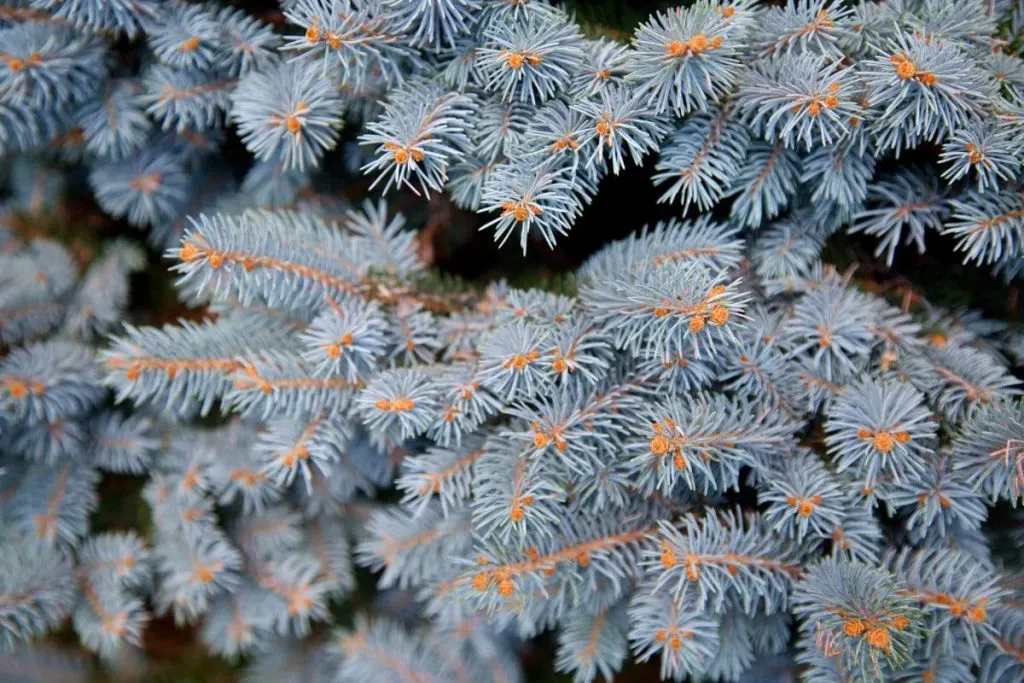
Found in USDA hardiness zone 1 through 7 this tree originates from North America, and besides North America, it can be found in places like New Mexico, Colorado, Utah, Wyoming, Arizona, North Carolina, Canada (national flower of Canada), etc.
It is specific for cold-hardy zones. , but it can grow in warmer zones as long as you pay attention to its growing conditions, especially the location where you will plant it.
If you’re more for flowering trees than dense evergreen trees, you can always check flowering trees of North Carolina and flowering trees in Georgia since their hardiness zone is pretty similar.
Blue Colorado Spruce Care Guide
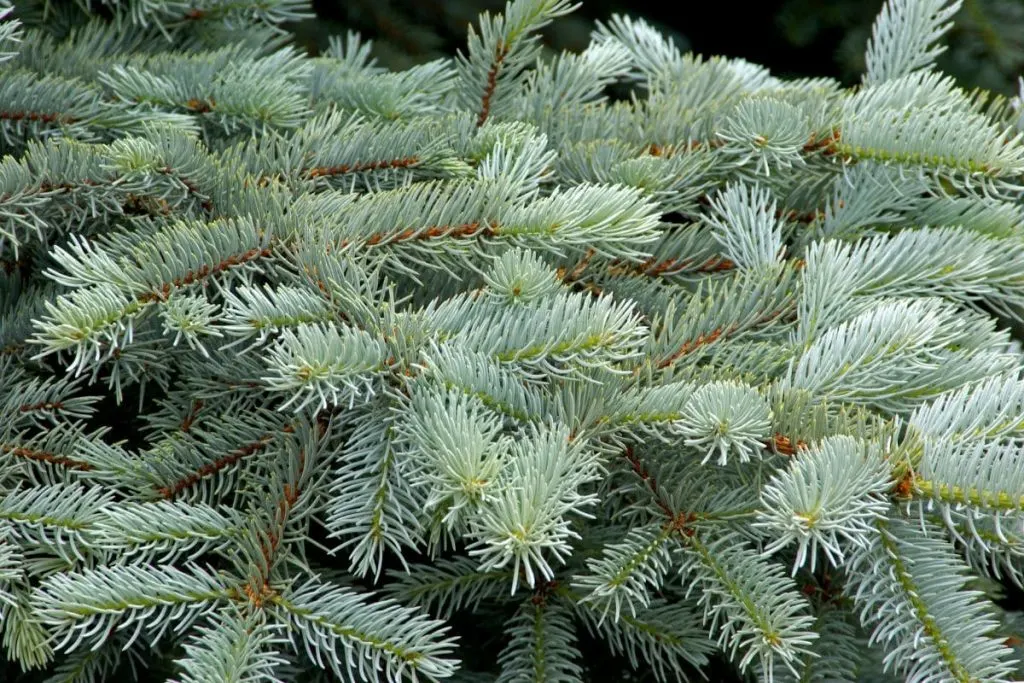
Above we have already learned in what kind of growth conditions and in which growth zone this tree grows best. But for the tree to grow healthy and happy, this is not the only prerequisite that needs to be fulfilled.
For good and healthy tree growth, just as with other landscape plants, it is necessary to ensure good growing conditions such as perfect lighting, amount of sun, type of soil, etc. Then let’s learn everything about the care guide routine for blue spruce weeping trees.
Light Needs For Dusty Blue Pointy Needles
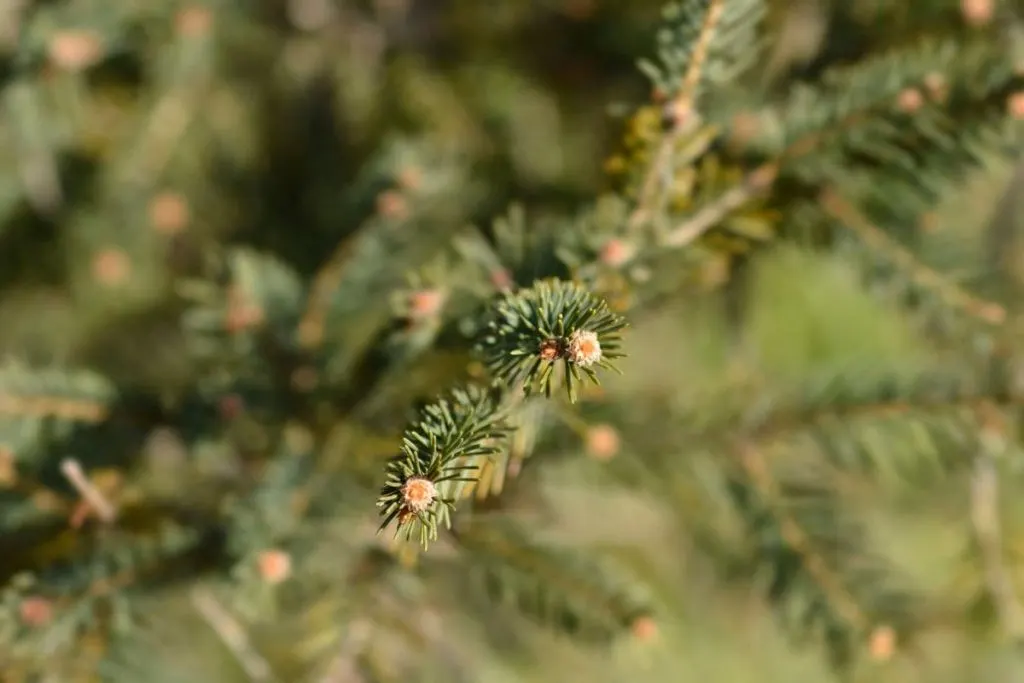
This tree likes full sun growing conditions. In these conditions, it will definitely grow well and will be more than happy. Considering that it grows in relatively colder growth zones, it is important that you offer it plenty of sun.
When you compensate for these two, you get a perfect pale green tree with healthy and good leaves. But what you have to know as well: full sun conditions should be only a part of the day. In other parts of the day, your blue colorado spruce should be exposed to partial shade.
Watering Schedule For Blue Spruce Landscape Plants
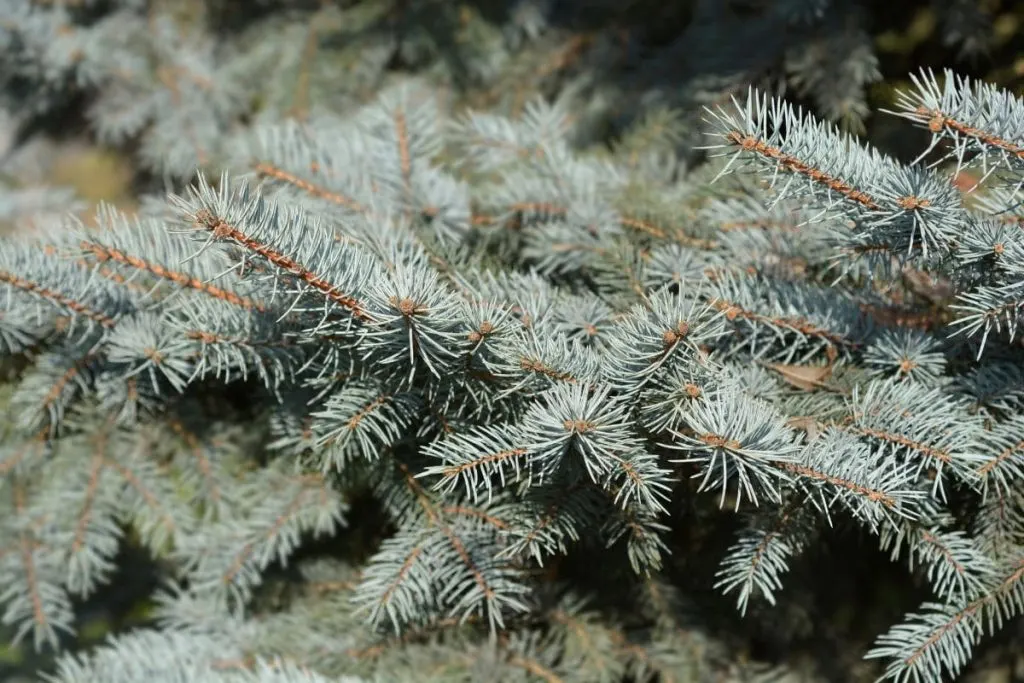
To make sure your plant is getting the perfect watering conditions, water 1 inch of water per week. No more, no less, water it like that. Follow its watering schedule like this:
- Water your weeping blue spruce in the morning hours or in the evening, never during the full sun conditions.
- Water it with soft tap water, rainwater, or distilled water.
- Make sure you’re watering at least 1 foot around its trunk since the roots are spread like that, sometimes even more.
- Avoid standing water since it can ruin its root system.
- Well-drained soil makes a healthy tree, but no excessive water!
Soil Type For Plants That Remain Silvery Blue
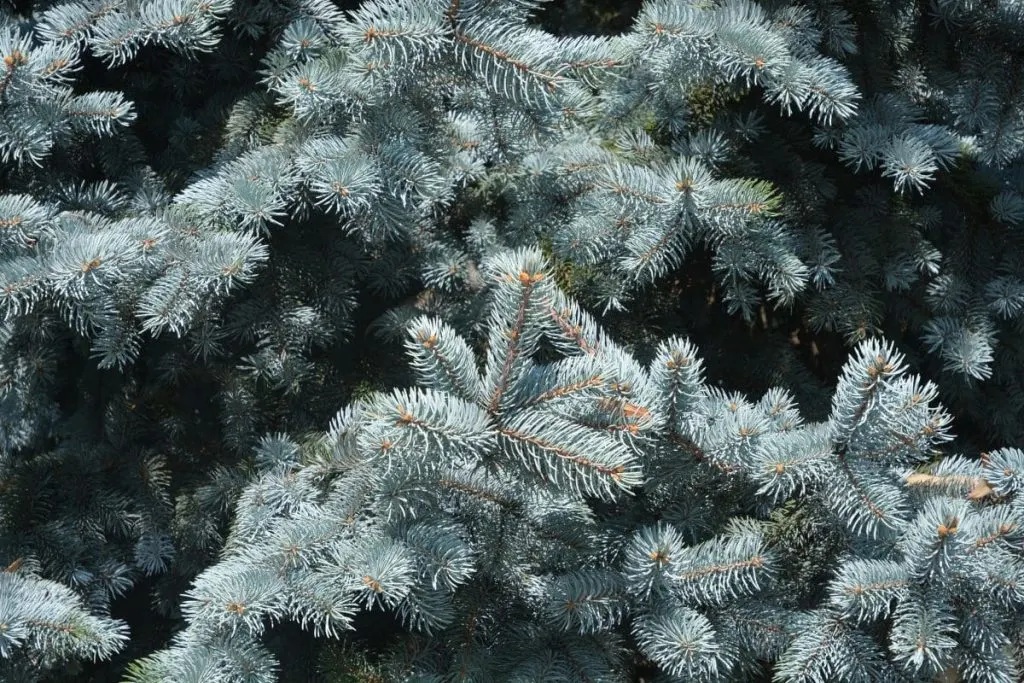
The best soil types option for weeping blue spruce trees are full sun soil and sun soil. Even when you’re propagating and expecting new growth, apply this soil type only. They don’t like sandy, perlite, and peat moss soils.
Moisture-conserving landscape works are the best for these types of landscape plants along with landscape applications. Also, make sure you always check the pH range and toxicity of the soil before applying if you live in inner city environments.
They can cause urban pollution and much more. It is also important to note that these trees are able to handle environmental salt.
Fertilizer For Most Emphatic Accent Tree – Blue Spruce
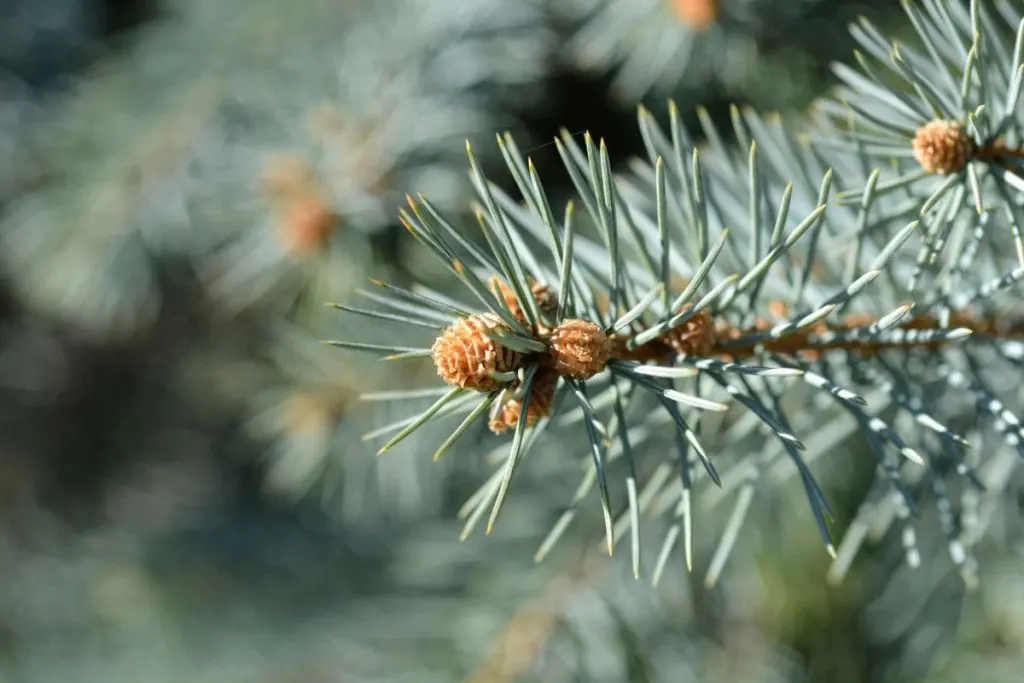
This tree will have a good tree form no matter what fertilization you use for it, but the best fertilizers for this blue spruce tree are 10-10-10 slow-release granulated fertilizers and liquid fertilizers. In their rooting zoon, spread it all over the soil.
If you don’t want your tree to go through fertilizer burn, apply 2 inches of water on the top of the soil after you’ve done fertilization. Apply the fertilizer in the springtime.
Pruning Blue Spruce Plant
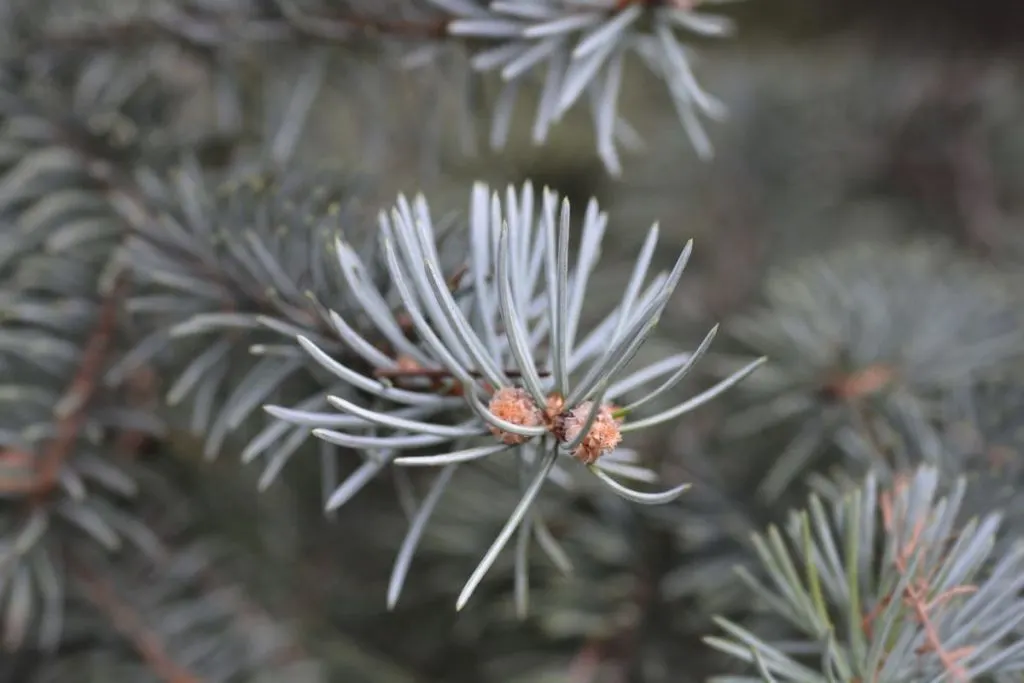
Even though these trees have a strong central leader, sometimes they’ll still go too much in their width and that can cause problems for other trees and plants that are close.
It’s recommended to do some pruning at the end of February or at the beginning of march to increase healthier growth and simply reduce its width size.
Don’t do the pruning before early spring. Once you do it, they’ll have nice less refined foliage. It’s a must-do due to its cascading habit of growth. Do it like this:
- inspect your tree very well and precisely;
- you need to prune any low branches that grow on your blue spruce tree while it is still young and immature;
- cuts should be no more than a quarter of an inch to avoid damaging those twigs;
- always do this with a sharp knife or scissors.
Propagating Weeping Blue Spruce
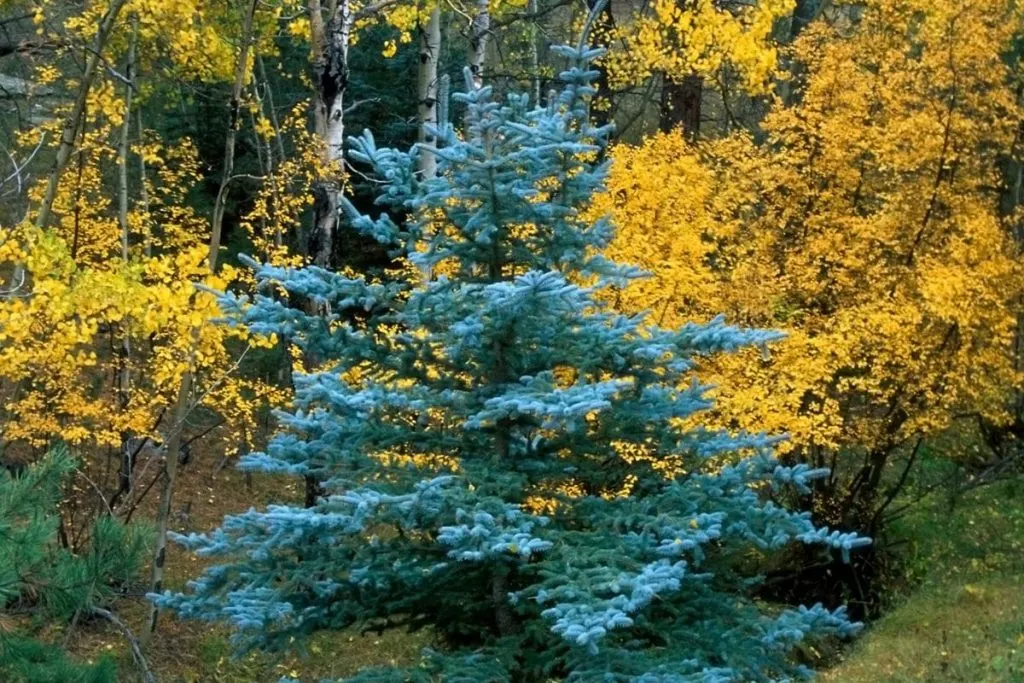
Some people plant their weeping blue spruce tree immediately in the location where they want to set it up in a row, but it is still better to start its initial flowering and growth in a pot or plant container, and then you can move it when it reaches a height of 19 inches. To properly propagate a blue spruce tree, follow these steps:
- Prepare the soil and the pot into which you will transfer the stem cutting of your parent tree.
- It is important that the stem cutting is healthy both in the stem and in the leaves.
- Place the stem cutting in the prepared pot with soil.
- You can add plant growth hormone to speed up the process, but not too much.
- Water the soil a little.
- Put the pot or container in the bright indirect light position and then wait!
Repotting/Transplanting Blue Spruce Plants
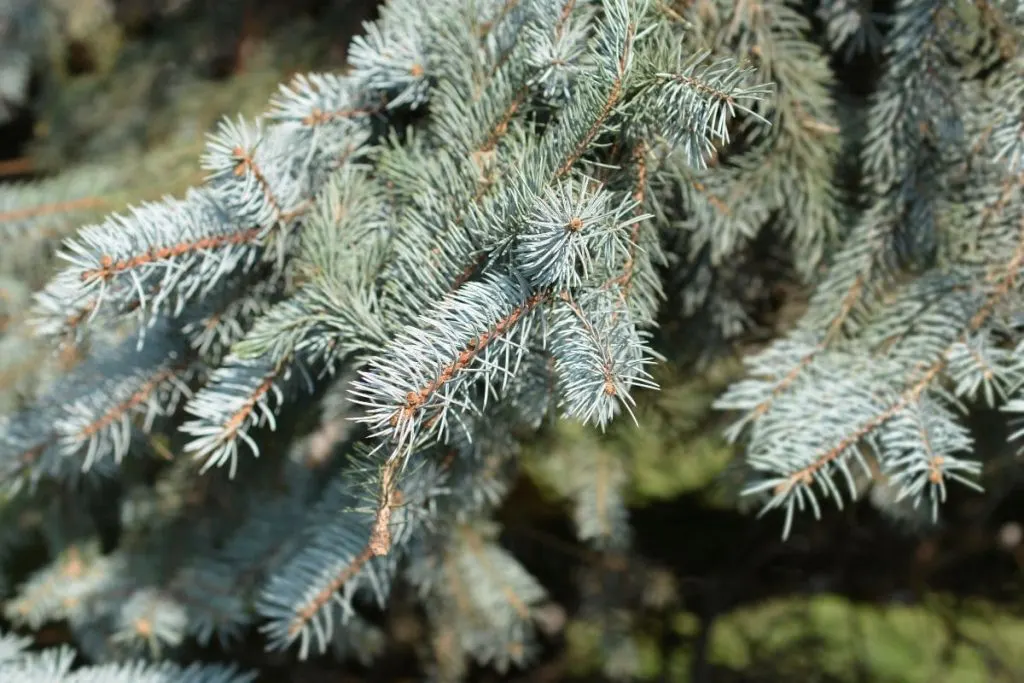
Transplanting plants is essentially the same as planting, only this time you have a mature plant. Of course, we’re not talking about the kind of transplant where you need to hire a bulldozer to do it for you because you waited too long.
When your plant reaches a certain growth height, for example, 1 foot, there are chances that the soil is already too old and it would be a good idea to change the location. Since the roots are already mature and fully flowered underground by then, be careful. Do it like this:
- Put on gloves and slowly dig around the tree with a small garden hoe.
- Dig slowly and shallowly so as not to damage the roots with blows.
- When you finally see the roots, remove the excess soil from it with your hands and slowly pull the stem out of the ground.
- The other soil and location for the tree should already be prepared.
- Position the stake there and cover the roots and 10 inches of the tree above the roots with soil.
- Water the soil around the tree and apply organic compost.
- That’s it!
Problems With Blue Spruce Plants
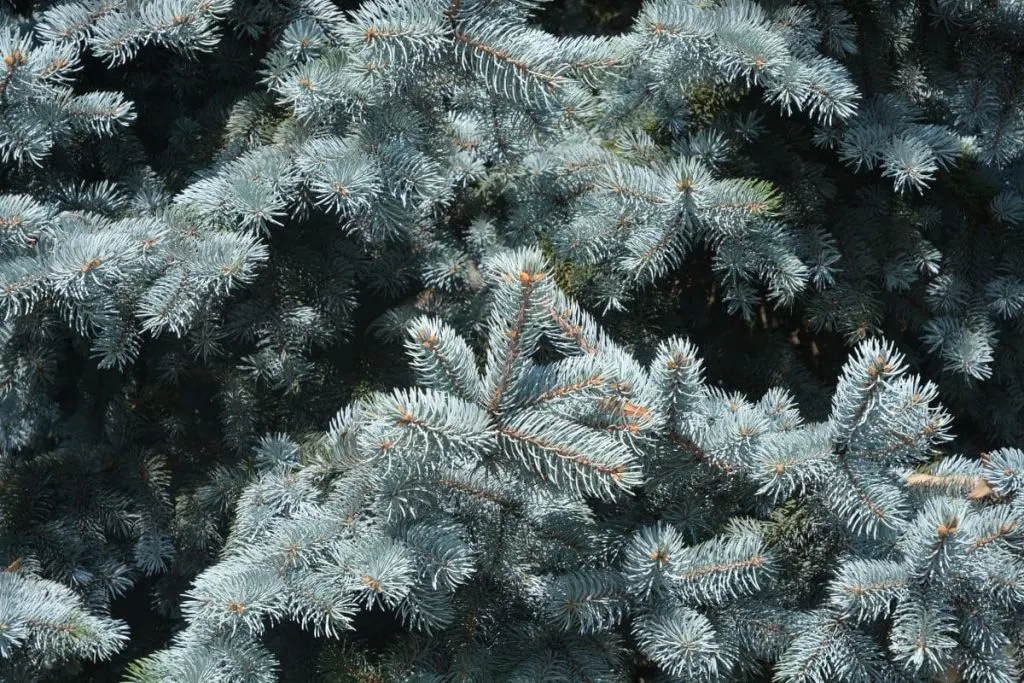
Some trees are more prone to problems, some less so. But no matter how much you deal with the tree and take care of it, a problem will eventually arise and you will have to know how to solve it in order for your tree to survive.
So that you know what to do without anyone’s help so that you can react immediately, below we bring you the most common diseases and pests and how to get rid of them or avoid them.
Diseases Of The Plant
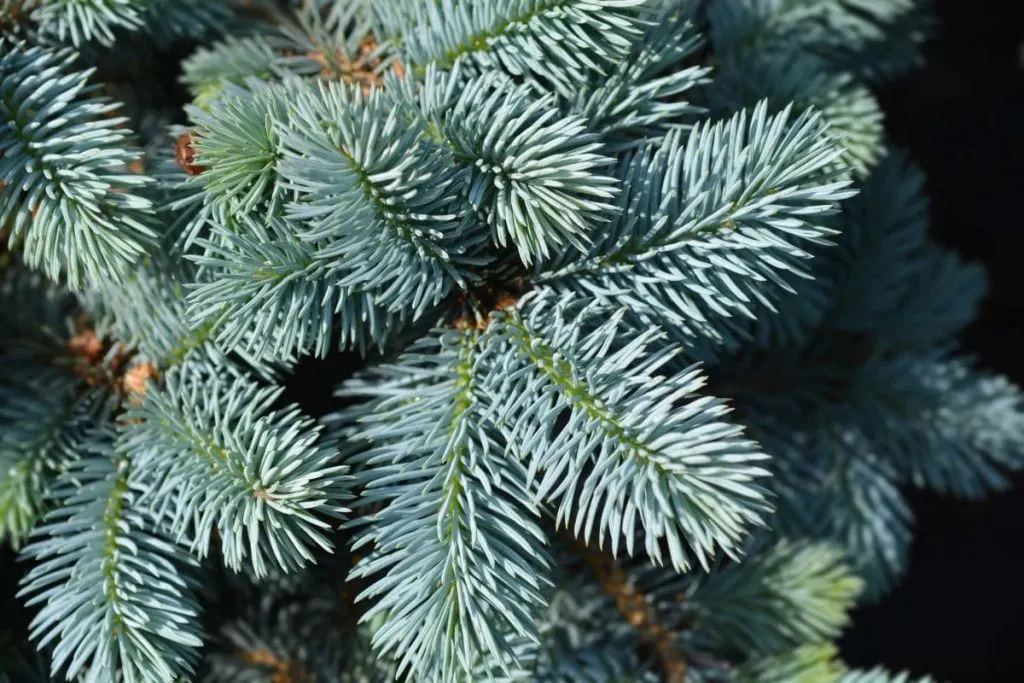
The most common diseases that weeping blue spruce is facing are:
- needlecasts,
- tip blights,
- canker diseases.
Needlecasts are a fungal disease that causes discoloration of the needles or leaves on your blue spruce tree. What you can do is prune to prevent it from spreading right from the start. The discoloration is usually a pale yellow color.
Tip blights is another fungal disease that causes the tips of your leaves to turn an orange-light red color leading to shades of brown as the tips begin to dry out. It is also necessary to prune in its early stage to save infected branches.
Canker disease is a disease that causes the browning of the needles, very fast and soon enough, they just fall off. If you spot it at an early stage, remove the damaged tips/needles carefully with your hands or with a knife.
Pests Of Weeping Blue Spruce
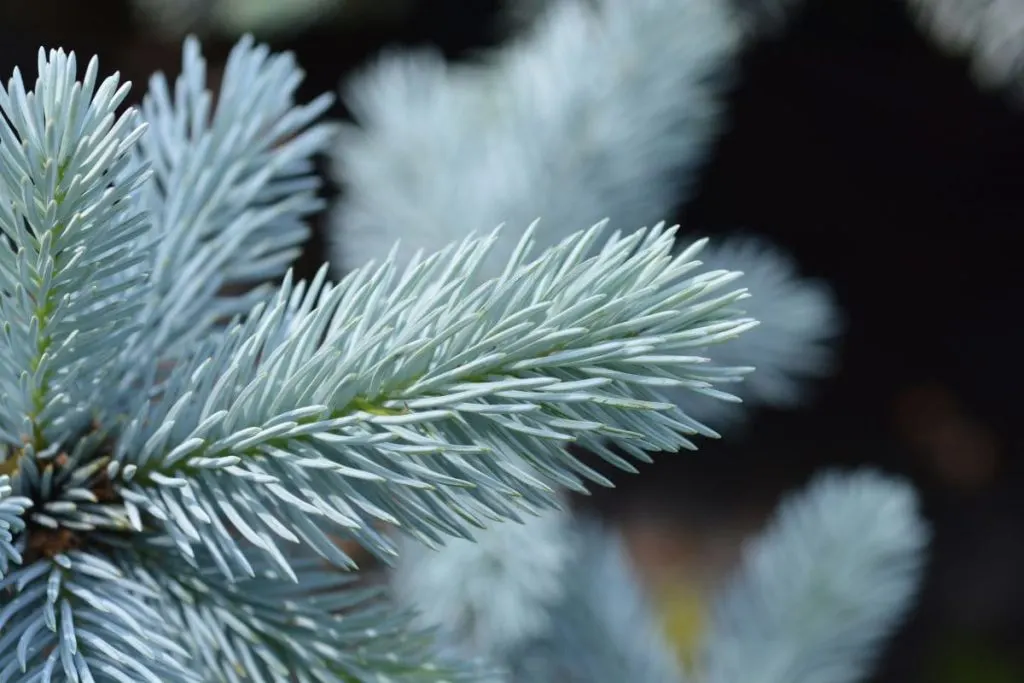
Nature calls and pests arrive. It is simply like that and there is nothing you can do about it (UNLESS) you buy a medium for pests because it’s better to prevent than cure right?
The most common pests of weeping blue spruce are bark beetles, twig aphids, bagworms, moths, spruce spider mites, etc. If you learn for example how to get rid of spider mites during flowering you basically learned how to get rid of all the other pests since they’re very similar.
One of the most expensive house plants, small white pine has the exact same problem with pests since these trees are very similar.
History: Whan Was The Weeping Blue Spruce Discovered?
Wrapping It Up
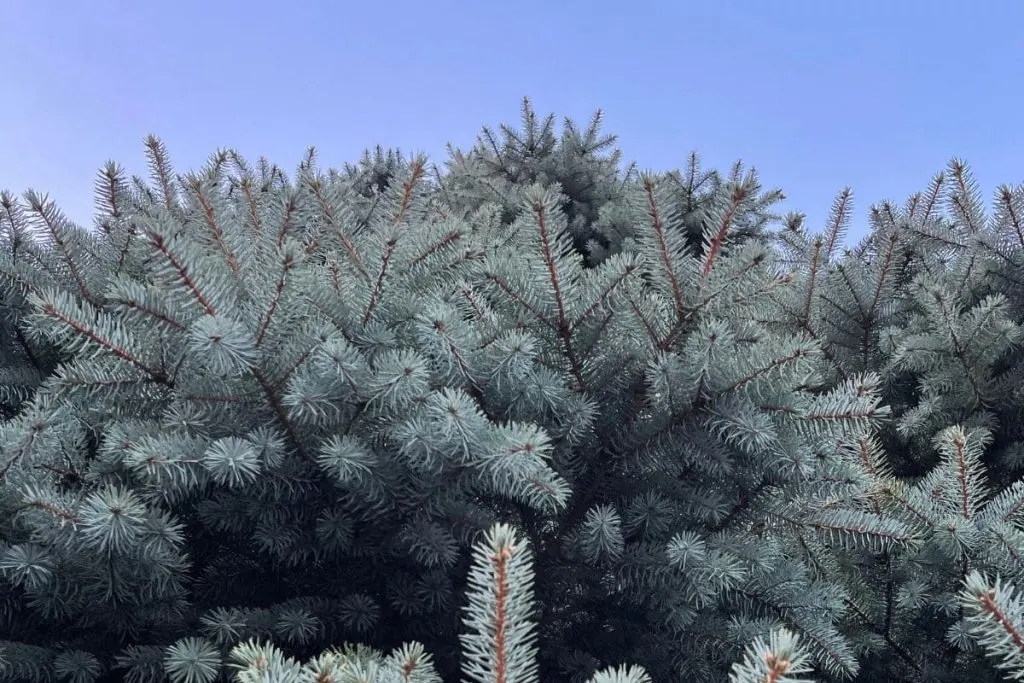
I hope you enjoyed today’s article, I definitely did. We learned a lot about the beautiful weeping blue spruce tree. Of course, now it’s up to you to decide if you want this tree in your garden or not, although I’m sure that’s your answer.
Let’s repeat then: growth zones through 1 to 7, direct full sun in the morning and partial shade in the afternoon. When it comes to soil, it likes the sun to the soil, and when choosing fertilizers, it is best to take 10-10-10 fertilizers or liquid fertilizers.
If you want to reduce its size, do pruning, and then when necessary in the spring and in the case of diseases affecting the leaves.
That would be all for today! See you soon with more similar topics.

